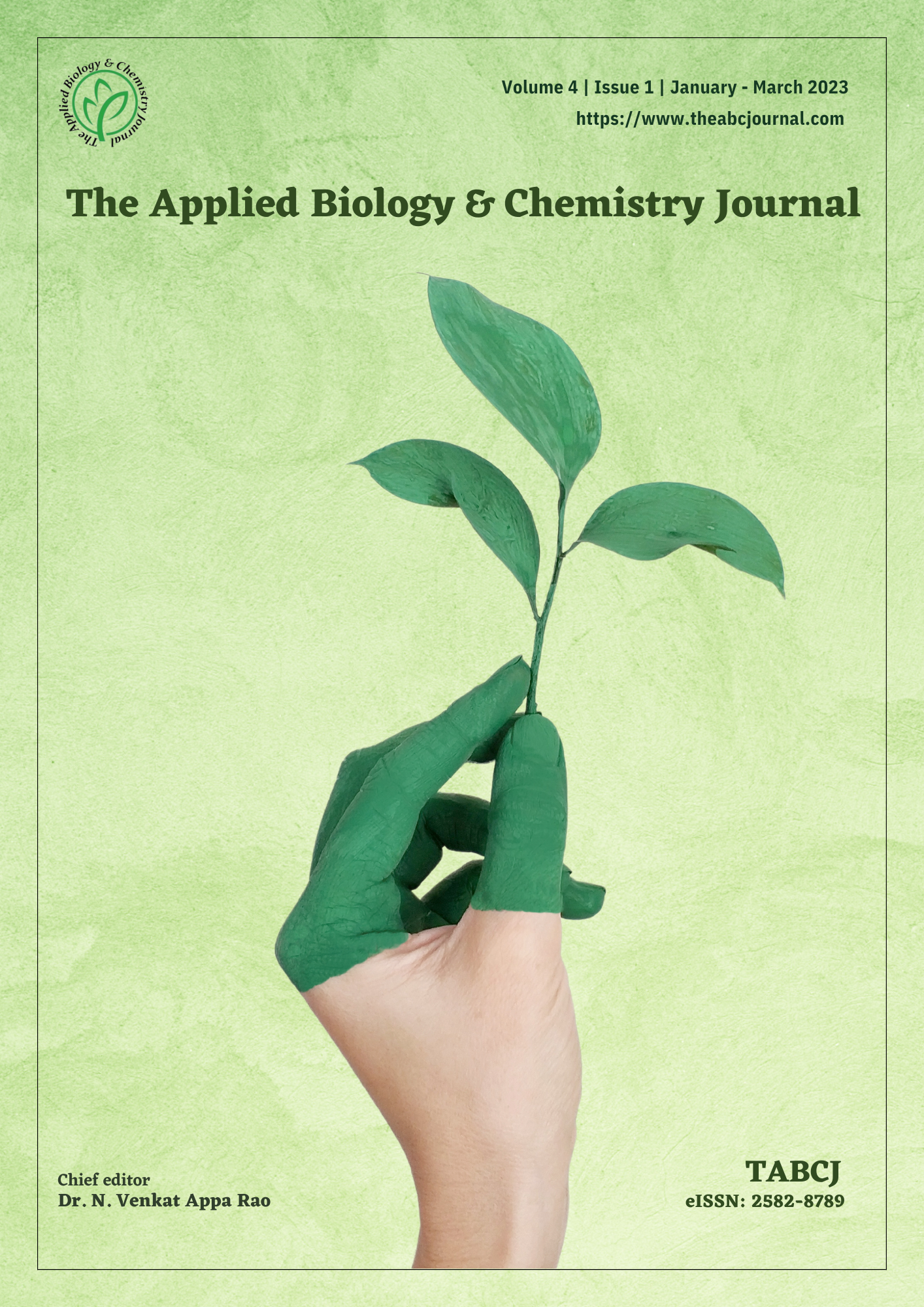Determination of semi-lethal dose of colchicine on in vitro grown callus of Azadirachta indica genotypes
DOI:
https://doi.org/10.52679/tabcj.2023.0003Keywords:
Neem, genotypes, Azadirachta india A. Juss, in vitro, colchicine, LD50, semi-lethal doseAbstract
Colchicine is a toxic mutation-inducing chemical substance widely used to induce polyploidy for plant improvement. Being toxic, dose estimation to plant tissue is necessary for polyploidy induction studies. LD50 dose or the semi-lethal dose is the amount of a toxic substance that can kill half of the biological test sample in a single application. It is generally helpful to estimate the toxic nature of a chemical substance. In the present study, the callus of three genotypes FRIH12, FRIH22, and AFRIC1 of Azadirachta indica (neem) was incubated on an MS medium with various doses of colchicine under in vitro conditions. The survival percentage of callus of each genotype under varying concentrations of colchicine was observed. Ocular toxicity, mathematical (Spearman-Karber), and statistical (Miller-Tainter) methods were used to determine the LD50 dose of colchicine for the three genotypes. Miller-Tainter method is the most efficient and accurate for determining the LD50 dose of colchicine and for the three genotypes FRIH12, FRIH22, and AFRIC1, the LD50 dose was found to be 50.1mg/l, 60.3mg/l and 50.1mg/l respectively. Amongst genotypes, FRIH22 was most resilient against the treatments of colchicine.
Downloads
Published
Issue
Section
License

This work is licensed under a Creative Commons Attribution-NonCommercial 4.0 International License.


